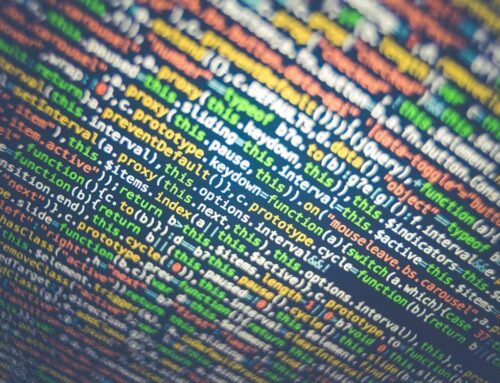Did you know you can use projected rental income to qualify for a mortgage and fund your investment property purchase? That’s right. Whether you’re looking to buy an apartment building or a detached housing unit, you can use the proof of earnings potential to entice lenders into approving your mortgage application.
But how?
In this post, we’ll share how to use rental income to qualify for a mortgage. So, whether you’re an aspiring investor or a seasoned landlord, don’t miss out on learning about this lucrative investment strategy.
How to Use Rental Income to Qualify For a Mortgage
To use existing or potential rental income to qualify for a mortgage, you must prove your affordability with specialist lenders offering this option. The key factors they’ll consider are:
- Your investing experience
- Existing investment properties
- Your ability to provide proof of potential rental income via tax calculations
If you own a rental property, you can significantly boost your chances of securing a loan since the income lenders will consider will be real, not projected. You can also provide two years or more of your tax returns as additional proof by filing IRS Forms 1040 and 8825.
Predicted rental income can be hard to justify, especially if you’re buying a property in rural or remote areas or the lease is worth less than the market.
How Much Money Can You Borrow?
In most cases, you can borrow up to 80% of the investment property’s value. However, this varies significantly from lender to lender. Regardless of the percentage equity they use toward your purchase, you can expect them to take the same percentage of your gross rental income.
For instance, if you put down 20% on a million-dollar apartment, the bank will pay $800,000 to acquire it. If the apartment generates $7,500 in gross monthly rental income, the lender will take $6,000 monthly, leaving you with $1,500.
How to Apply For a Mortgage Using Rental Income
Applying for a mortgage using existing or projected rental income is not too different from a typical mortgage application. However, the process is generally longer with stricter checks since there’s often more money on the line. Below are the key steps you need to follow when filing your application:
1. Download Your Credit Reports
The first thing you need to do when applying for a mortgage is to download your credit report to understand where you stand regarding financial stability and affordability.
2. Save Up For a Down Payment
In most cases, you’ll need to put down at least 20% of the property’s value. However, some lenders are more flexible, especially in highly competitive markets.
3. Find a Specialist Broker
Ideally, you should work with a specialist broker with direct relationships with several lenders offering loan products based on rental income. They can accelerate your journey and strengthen your application as well.
4. Assemble the Required Documentation
Finally, you must prepare your documentation and include all the necessary evidence to support your application. This includes:
- Two years of W-2s or 1099s
- Two or more years of tax returns
- Ownership documents of existing investment properties with rental income stubs for at least three months
- Monthly or quarterly bank statements of your accounts and investments, etc.
Wrapping Up
Using rental income to qualify for a mortgage is an excellent investment strategy to get you started on the right note. Due to the immense competition in the market and the emergence of new practices, it’s not uncommon for investors to build equity using their rental income. Some investors even reside in their rental properties for free and take care of their mortgage payments, bills, and maintenance expenses using their earnings.
For more interesting reads related to real estate investing, tune into CHRE immediately. You can also explore our vast options of investment properties in Rio Grande Valley.






Leave A Comment